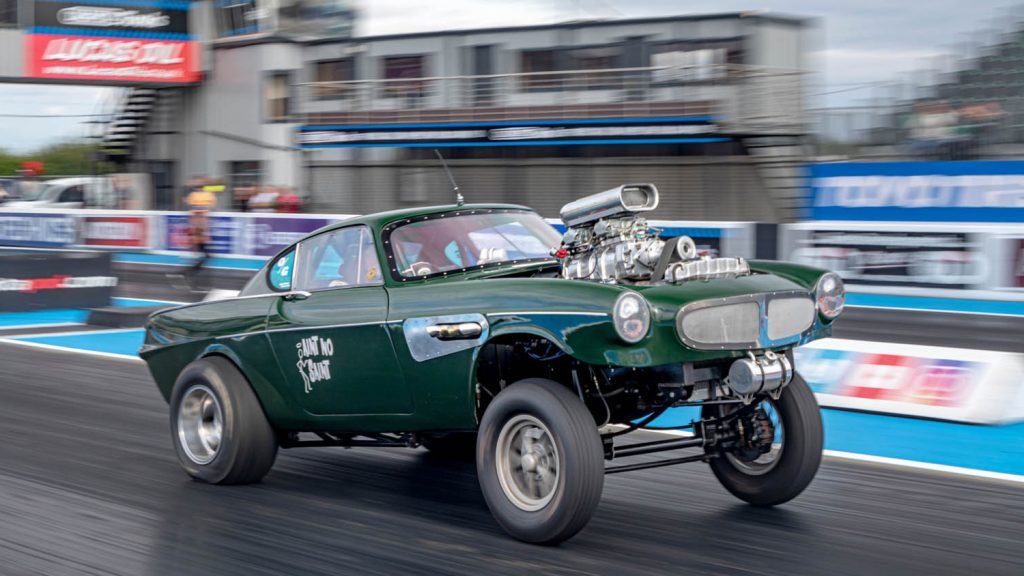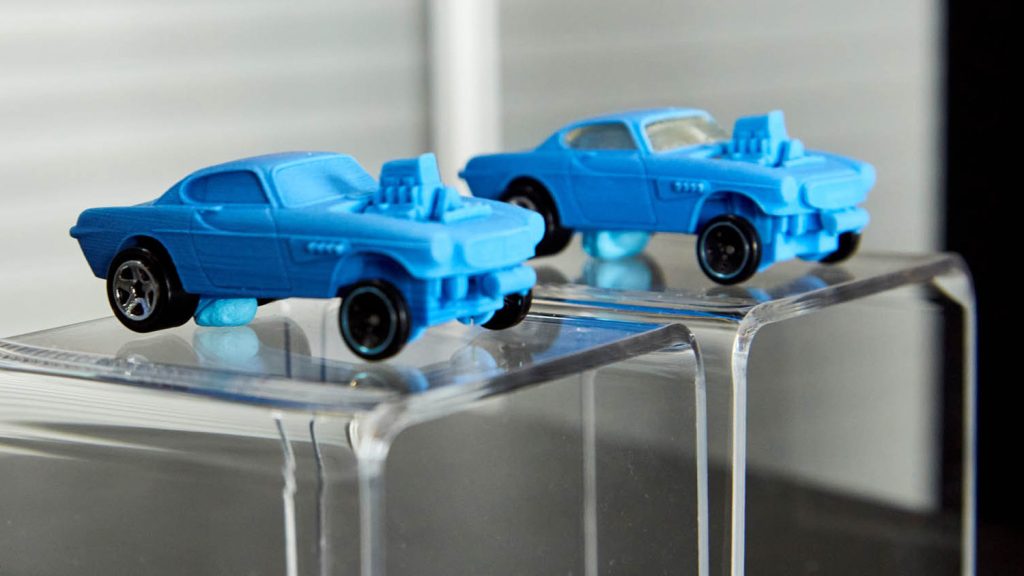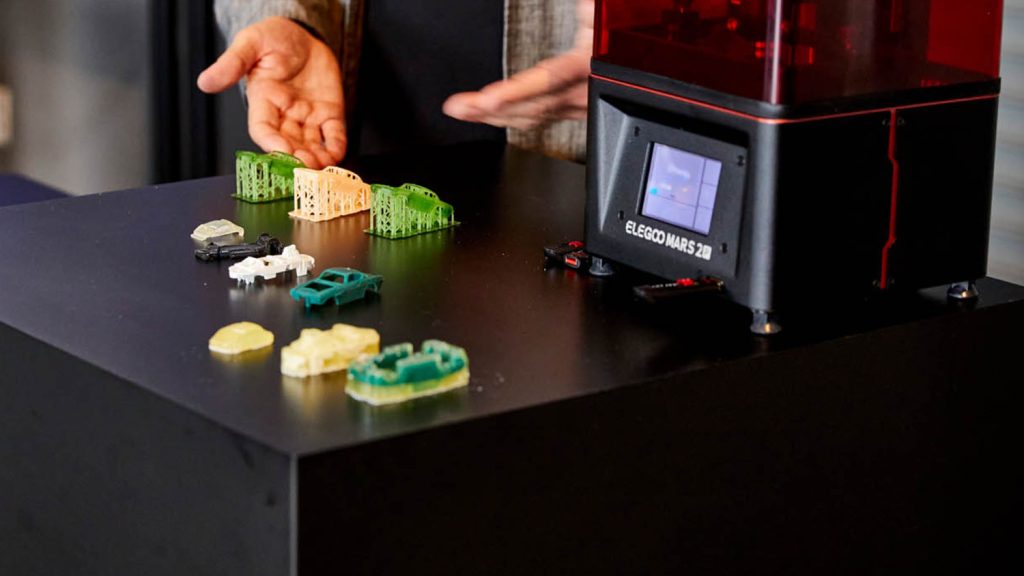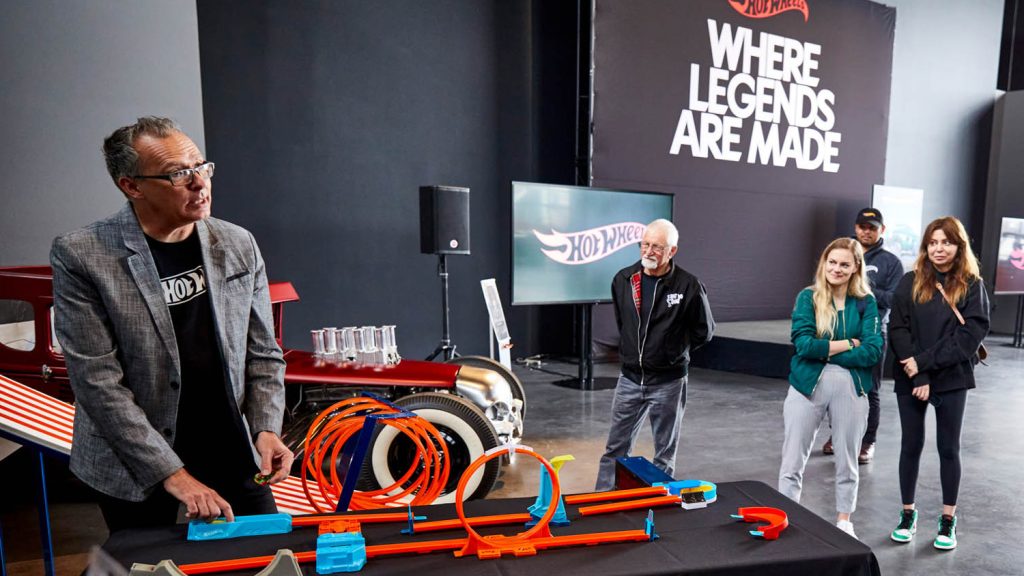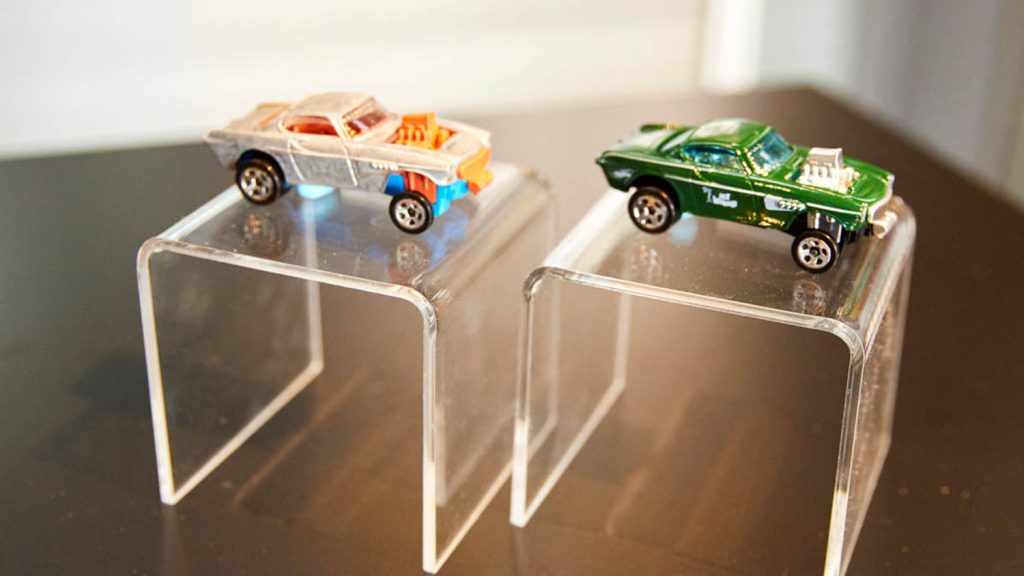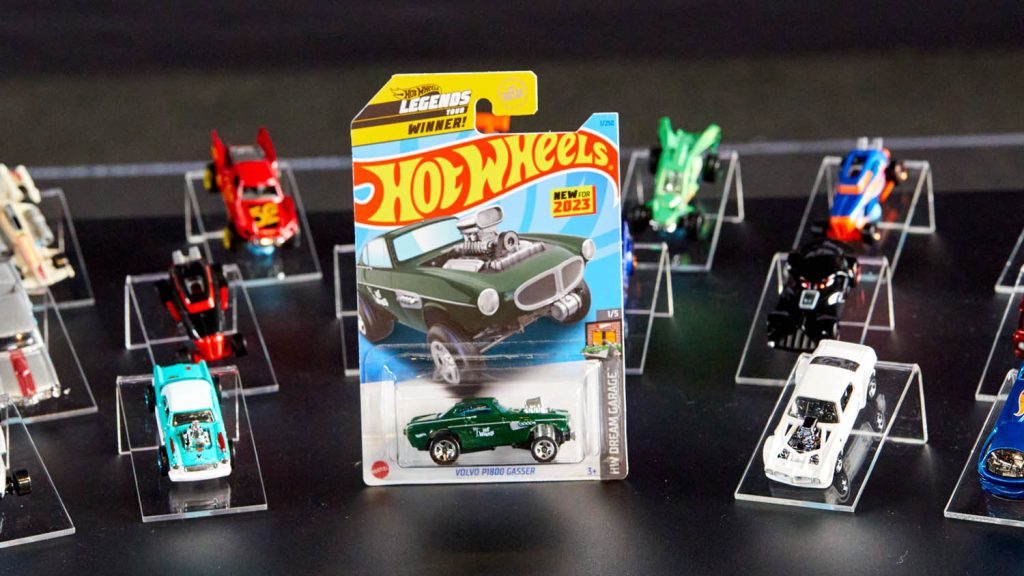Having been chosen from thousands of global classic cars and hot rods, a UK car became the first international winner of the 2021 Hot Wheels Legends Tour. Stephen Holmes gets up to speed on this diminutive die-cast design process
Already a legend on the track, Lee Johnstone’s 1969 Volvo P1800 Gasser is on course to reach wider fame with its form immortalised as a 1:64 Hot Wheels toy. The racing green dragstrip firecracker, nicknamed ‘Ain’t No Saint’, is raced by Somerset, UK based Johnstone with his wife and three daughters.
Originally purchased as a stripped shell, too far gone to restore as a road car, the Gasser now boasts a 600bhp big-block, supercharged 454 Chevrolet V8 engine, which has powered it to run a quarter-mile drag race in 10.01 seconds and reach a top speed of 133mph.
But perhaps the biggest prize it has won to date is arguably Hot Wheels’ inaugural international search for a legendary custom car to be scaled down to become a permanent fixture in Hot Wheels history.
Hot Wheels // Recreation from scratch
The process to downscale the car began at a much more sedate pace away from the track, as the team at Hot Wheels, owned by toy giant Mattel, recreated the car from scratch from its US design studio.
“For this project, we started with a few sketches and measurements and images of the car,” says Hot Wheels design director Bryan Benedict. “We then begin work on what could be described as a ‘digital ball of clay’ to sculpt from.”
Hot Wheels has a team of around 60 designers and engineers for its diecast toys, with most of the team using Geomagic Freeform Plus, by 3D Systems, for sub-d modelling of the vehicles.
Usually, a quick sketch is used to figure out how the car will be divided into three parts: its undercarriage, interior and outer shell.
“We have a strict set of dimensions we must design against, to make sure each new model can fit within the various track sets we offer,” explains Benedict. “The Volvo has to have enough ground clearance, including approach and departure angles, to perform on our iconic orange track.”
Examples of factors include being able to perform a full loop-the-loop, pass through a tunnel and take advantage of features such as the track’s acceleration boosters and rear striking panels.
Modelling the key details involves using reference images of the car to capture as much detail as possible at 1/64 scale. In this case, it included the Volvo P1800’s iconic front profile and swooping rear roofline, as well as the track car’s enormous protruding engine block and air intake.
A race to the finish
Aside from Geomagic Freeform, the designers often lean on other software including PTC Creo as the design moves towards production and the team creates the tooling model necessary for the diecast manufacturing process.
“We are limited to certain material thicknesses and tolerances,” explains Benedict. “The trick is to work with and around those parameters and get the best representation of the vehicle we are making.”
The design process also incorporates several rounds of physical prototyping, including 3D printing, first tooled samples and pre-production samples. Quick SLA 3D-printed prototypes produced on a desktop Elegoo Mars 2 Mono help guide the concepts, while a Stratasys J750 3D printer is used to produce multiple variants for assessment while maintaining the detail levels and adding colour.
It’s important to test the designs for use, including materials, for fatigue, performance and safety, all performed by the team’s engineers. While a digital model test is important, most of the validation is done using physical pre-production samples, with drop-testing for durability and safety checks to test for choking hazards, as well as multiple runs on those famed orange tracks.
With its exaggerated engine profile, drag-racer suspension angle, and wheels that look huge in proportion to the vintage Volvo shell, people have always told Lee Johnstone that his car looks just like a Hot Wheels model. Today, as it navigates the iconic loop, it indisputably is just that.

